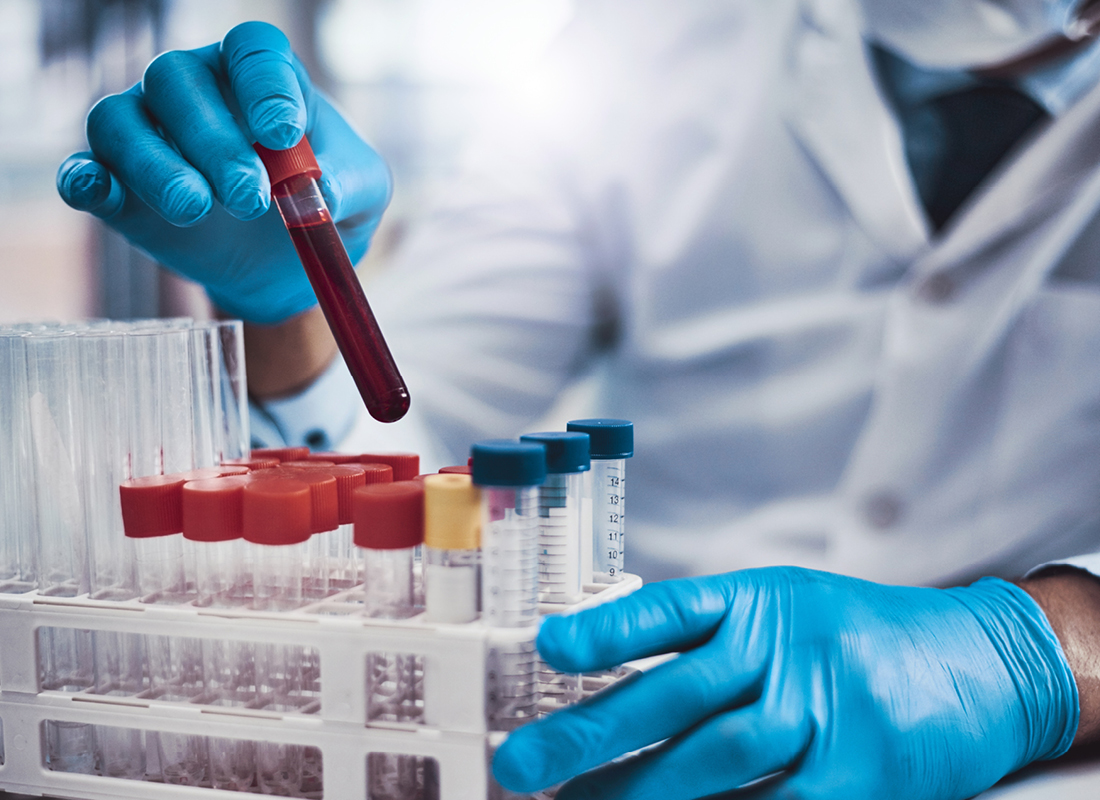Reference Pricing Cuts Prices for Lab Tests by One-Third
From - Diagnostic Testing & Emerging Technologies Reference pricing is associated with nearly a one-third reduction in the average price paid for 285 different types of tests, according to a… . . . read more

By Lori Solomon, Editor, Diagnostic Testing & Emerging Technologies
Reference pricing is associated with nearly a one-third reduction in the average price paid for 285 different types of tests, according to a study published July 25 in JAMA Internal Medicine. Reference pricing, in combination with transparent pricing information for the insured, results in patient choice of lower-cost laboratories and reductions in out-of-pocket payments by employees.
It has been widely reported that laboratory pricing can vary dramatically. (This study found pricing of a basic metabolic panel to vary from $5.75 to $126.44.) To rein in this high variability in pricing, employers and insurers are adopting reference pricing policies which drive patients to select lower-priced facilities. With reference pricing insurers establish a limit per test and require the patient to pay the difference if the actual price charged is higher.
The researchers, from University of California, Berkeley assessed changes in laboratory pricing and test site selection by employees of Safeway, a large national grocery firm (n = 30,415), before and after the March 2011 implementation of a reference pricing policy for laboratory services. Reference pricing was instituted on well-established tests that were used for non-urgent, non-major health care needs. At the time of reference pricing implementation, laboratory tests accounted for 5.12 percent of Safeway’s total medical care spending by Safeway and this subset of tests accounted for 3.04 percent of Safeway’s total spending. The grocery chain established a maximum payment limit at the 60th percentile of the distribution of prices for each laboratory test in each region. Employees could access data on prices at all laboratories through a mobile digital platform.
Findings from the grocery store claims were compared to data from Anthem policyholders not subjected to reference pricing (n = 181,831) over the same time period. In total, 2.13 million claims were analyzed for 285 types of in vitro diagnostic tests between 2010 and 2013.
Analysis showed that reference pricing was associated with a 31.9 percent reduction in average price paid per test (an average price paid per test decline from $27.72 to $18.90). This included adjustments for test and patient characteristics.
Over the three-year study period, total spending on laboratory tests declined by $2.57 million. This savings was realized, in part, through employees experiencing a $1.05 million decline in out-of-pocket costs.
Prior to the implementation of reference pricing, 46 percent of tests used by Safeway employees were at laboratories that charged more than the reference price limit eventually imposed. Choice of higher priced laboratories declined to 16 percent in the third year after program implementation. However, not all of this decline can be attributed to reference pricing. At the beginning of the study, 84 percent of the tests used by Anthem enrollees were conducted by laboratories that
charged more than the reference price established by Safeway. Use of these higher priced laboratories simultaneously declined for Anthem enrollees over the three years to 73 percent without initiation of reference pricing. Once adjusting for the differences in the mix of tests, patient demographics, and broader market changes, Safeway employees were 25.2 percent less likely to select a higher-priced laboratory than Anthem enrollees.
Subscribe to Clinical Diagnostics Insider to view
Start a Free Trial for immediate access to this article